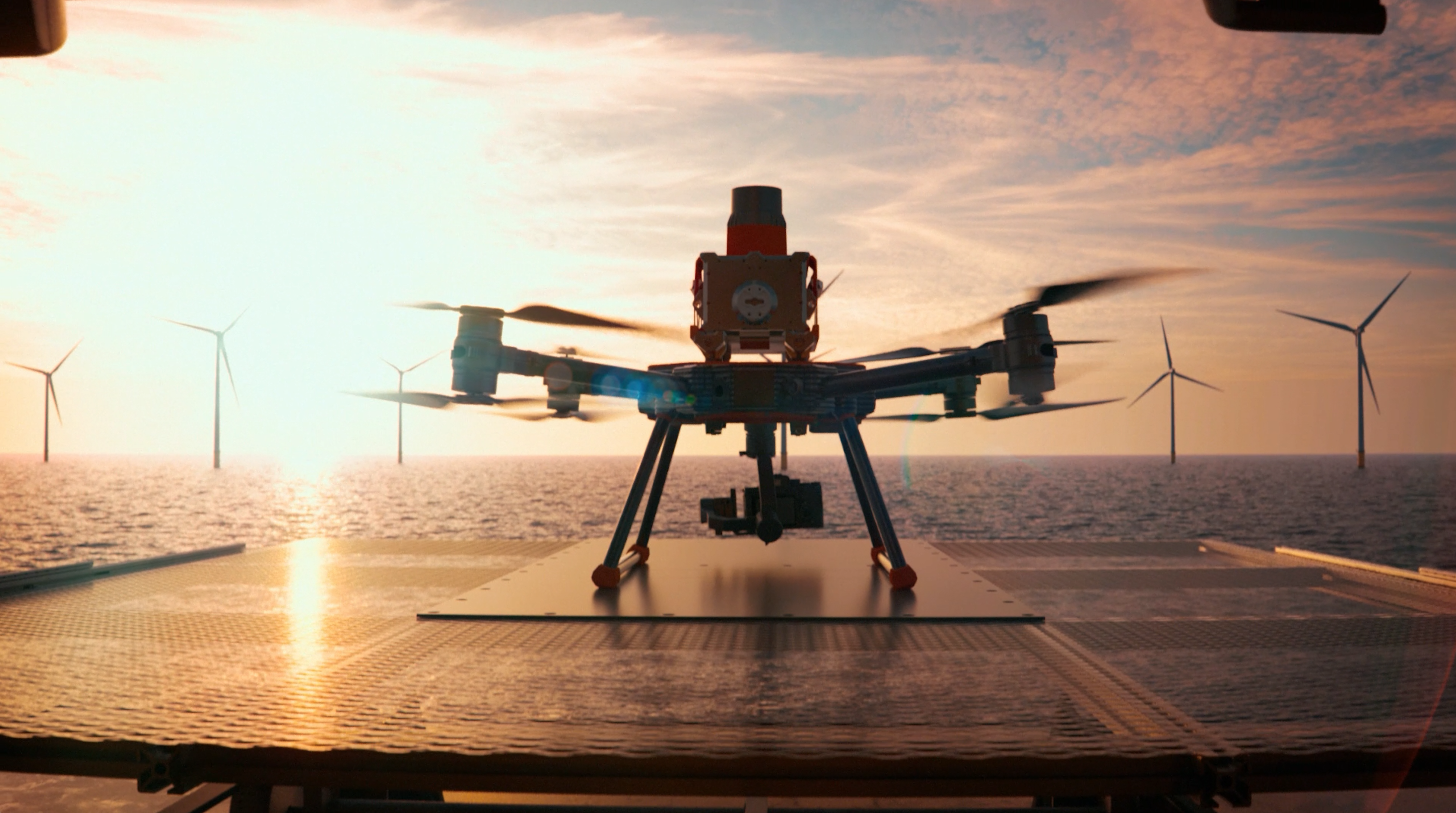Unmanned Aerial Vehicle (UAV)-based inspection systems are revolutionising maintenance practices for turbine blades on wind farms. These drones, armed with high-resolution cameras, perform detailed inspections of wind turbines, capturing essential data to evaluate their condition. By operating beyond visual line of sight, UAVs can efficiently inspect numerous turbines, minimising human exposure to dangerous environments. PES was enthusiastic to explore this innovative technology and its potential with Graham Walker, Architect at Marshall Futureworx.
PES: Thank you for joining us today, Graham. We’re particularly interested in discussing Lilypad during this interview. Could you start by giving our readers a brief introduction to it?
Graham Walker: Sure. Lilypad is an ecosystem of resident UAVs providing safe and scalable remote inspection services for wind farm assets, particularly turbine blades.
Each Lilypad inspection UAV is remotely piloted and monitored beyond visual line of sight (BVLOS). Once tasked, the UAV is launched and flown to the required turbine, where it completes a fully automated inspection.
It then returns to an enclosure to upload inspection data and swap battery, ready for the next task.
From an operator perspective, Lilypad provides inspections in a way that is far more flexible, available and responsive. Crucially, it enables earlier identification of faults, giving operators the opportunity to intervene before they become more severe.



























